
Destinations, Experiences
Grand Africa Safaris > Blogs > Some like it Hot – taking Africa’s temperature
Some like it hot, while others do not. At Grand Africa Safaris, we’re all about providing you with exactly the tools and information you need to ensure each itinerary delivers the perfect memories. For luxury travelers seeking the ultimate escape, Africa offers a dazzling array of experiences year-round. However, if you’re looking for a sun-soaked adventure that truly sizzles, Africa offers plenty of captivating and entertaining options From the scorched deserts of Namibia to the lush landscapes of South Africa, this region comes alive in a unique way. However, not everyone prefers the African heat, so to make planning your client’s next tour easier, we’re highlighting the warmest months for each country and adding in some useful information to know before your clients go.
“The walk was almost 1 km, not that far, but I thought we were going to literally melt.” Its crucial to understand that when we say it gets hot in Africa, we really mean it ! I’ve had a few trips where the heat and the sun were so intense that all I wanted to do was stay in the room, and that’s not what a safari is about—you want to experience the surroundings and enjoy the lodge facilities. Beat the heat and let Grand Africa Safaris help you keep a cool head when planning, – Marcelo.
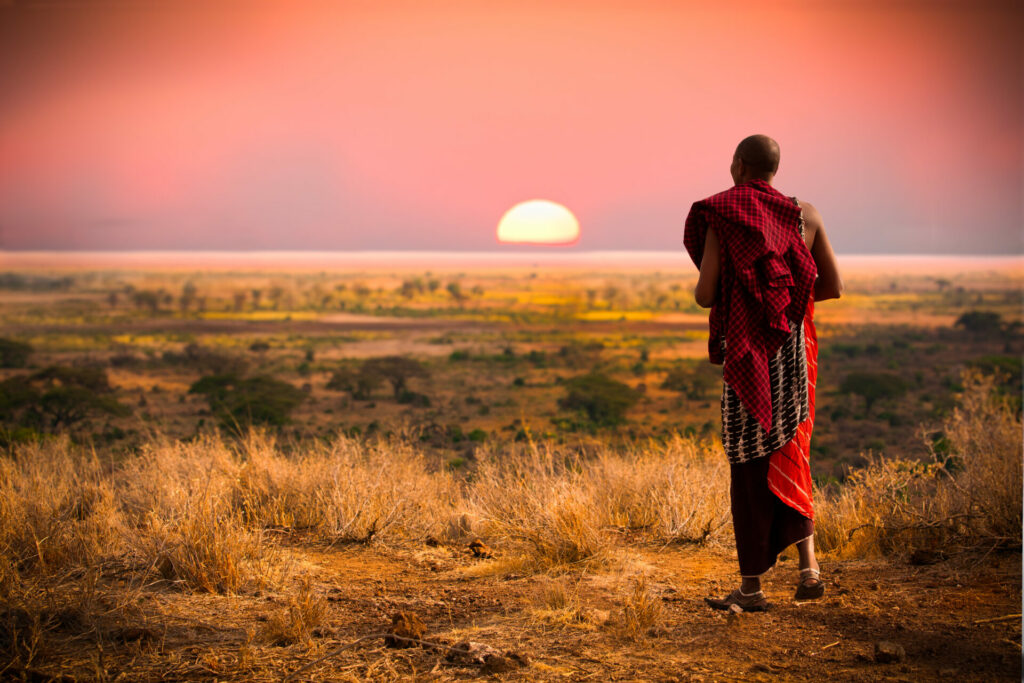
The best time to visit: June to October, when the vegetation is less dense, there is little rain and animals gather around water sources to drink
Hottest month: February
The calving season falls between January and February, with rains starting in March and April, resulting in high humidity.
Tanzania is great for year-round travel—a true gem that can be enjoyed at any time of the year. so focus on what your clients would like to experience, as this will have more influence than the weather. That being said, bear in mind that during the rainy season, the safari journeys can become a little water-logged but still action-packed.
The best time to visit: June to November
Hottest month: February
Peak visitor season is June to November, featuring the annual Great Migration and picture-perfect weather. Naturally, the camps and reserves are very busy with lots of traffic- animal and human alike. If your clients are looking to experience the migration, we highly recommend booking a few nights at one of the mobile lodges, as this really places them in the heart of the action.
Peak visitor season is June to November, featuring the annual Great Migration and picture-perfect weather.
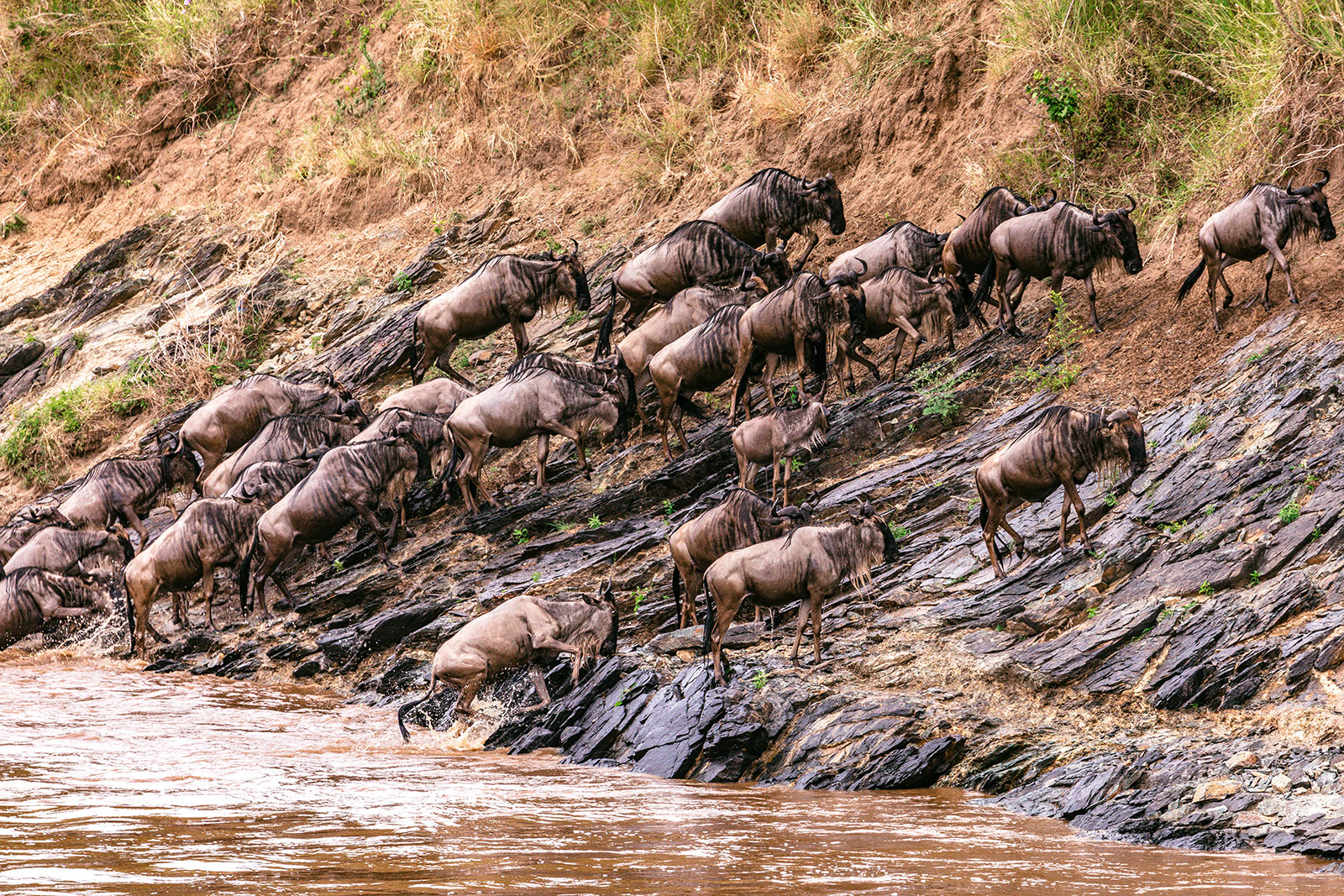
The rainy season is from March to May, turning the entire country emerald green. Although fewer lodges are open, if your guests are looking for a more exclusive experience with far fewer crowds, then this is the perfect time to visit.
Kenya, similar to Tanzania is easily accessible throughout the year and a safari destination of choice that can be enjoyed year-round. One small note to bear in mind, regardless of the season, is that the higher altitudes will get very chilly, throughout the year so an extra warm layer is a very good idea!
The best time to visit: June to September. Drier months mean spotting gorillas is easier. For chimpanzees, the wet months of March to May are ideal.
Hottest months: January and February are the hottest, driest months
Rwanda lies just two degrees from the equator, but its high altitude provides this small country with a pleasant tropical highland climate.
Uganda hugs the equator; there is little year-round fluctuation in temperature and no real winter or summer.
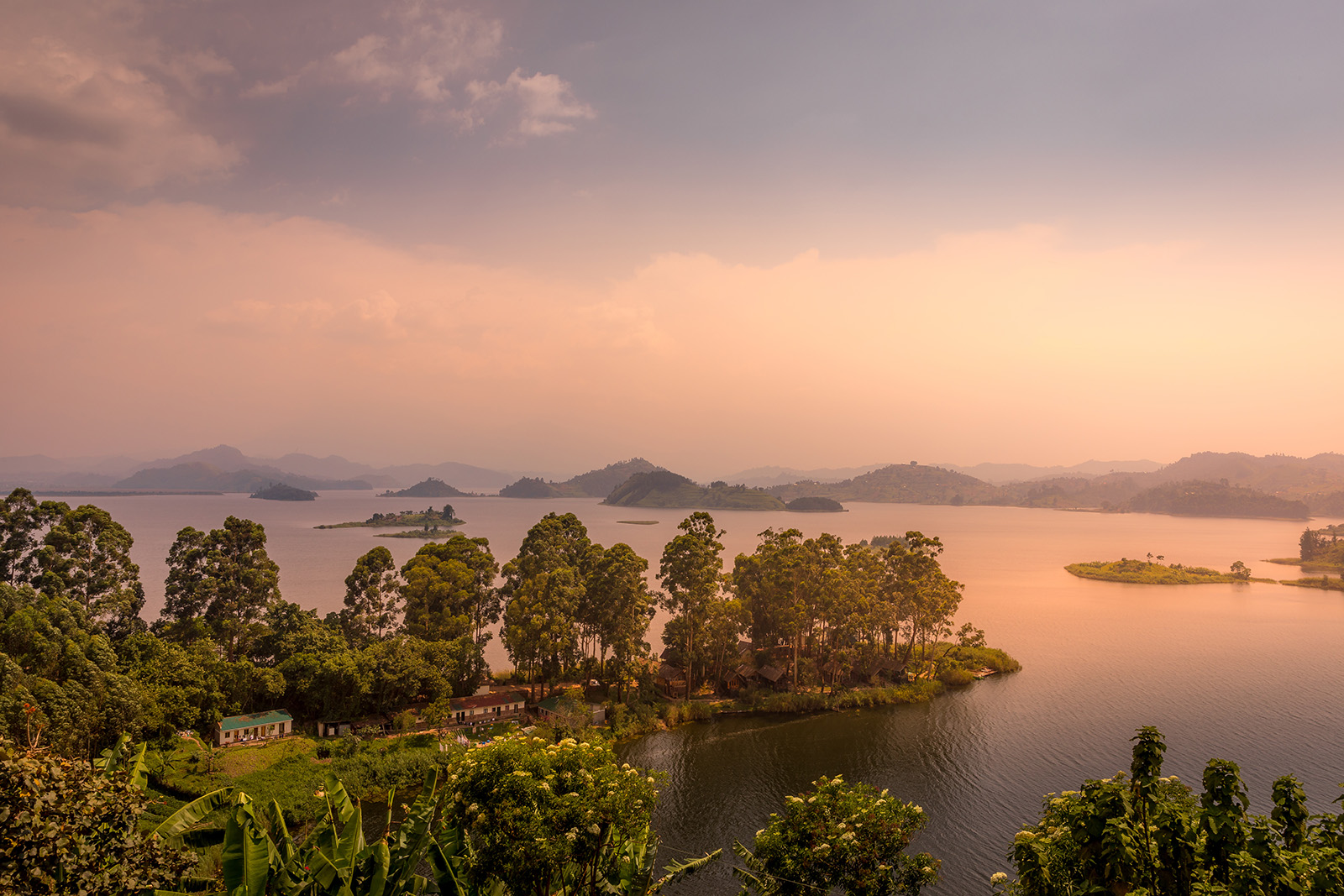
Both countries offer a wealth of cultural activities and incredible nature-focused experiences
It is best to travel to Rwanda and Uganda during the long, dry season between June and September. Traveling in the rainy season is also possible, as rainfall generally occurs in short, violent bursts. If you are interested in gorilla trekking, keep in mind that Volcanoes National Park experiences plenty of rainfall throughout the year. It is also good to know that from July to October is the dry season, and thus food is harder to find in Nyungwe, so chimpanzee families retreat further into the forest. Both countries offer a wealth of cultural activities and incredible nature-focused experiences, so be sure to include this in your client’s itinerary pre or post their gorilla treks.
The best time to visit: from June to October
Hottest month: October
October is the hottest month of the year, with rainfall increasing slowly.
June to October is the peak safari season in Zambia, with clear blue skies, sunshine, and rarely a drop of rain during this period. Temperatures are mild, and animals congregate around the permanent water sources allowing for phenomenal game viewing. Zambia is also home to the walking safari- an incredible way in which to experience the great and small wonders of the wild.
June to October is the peak safari season in Zambia, with clear blue skies, sunshine, and rarely a drop of rain during this period
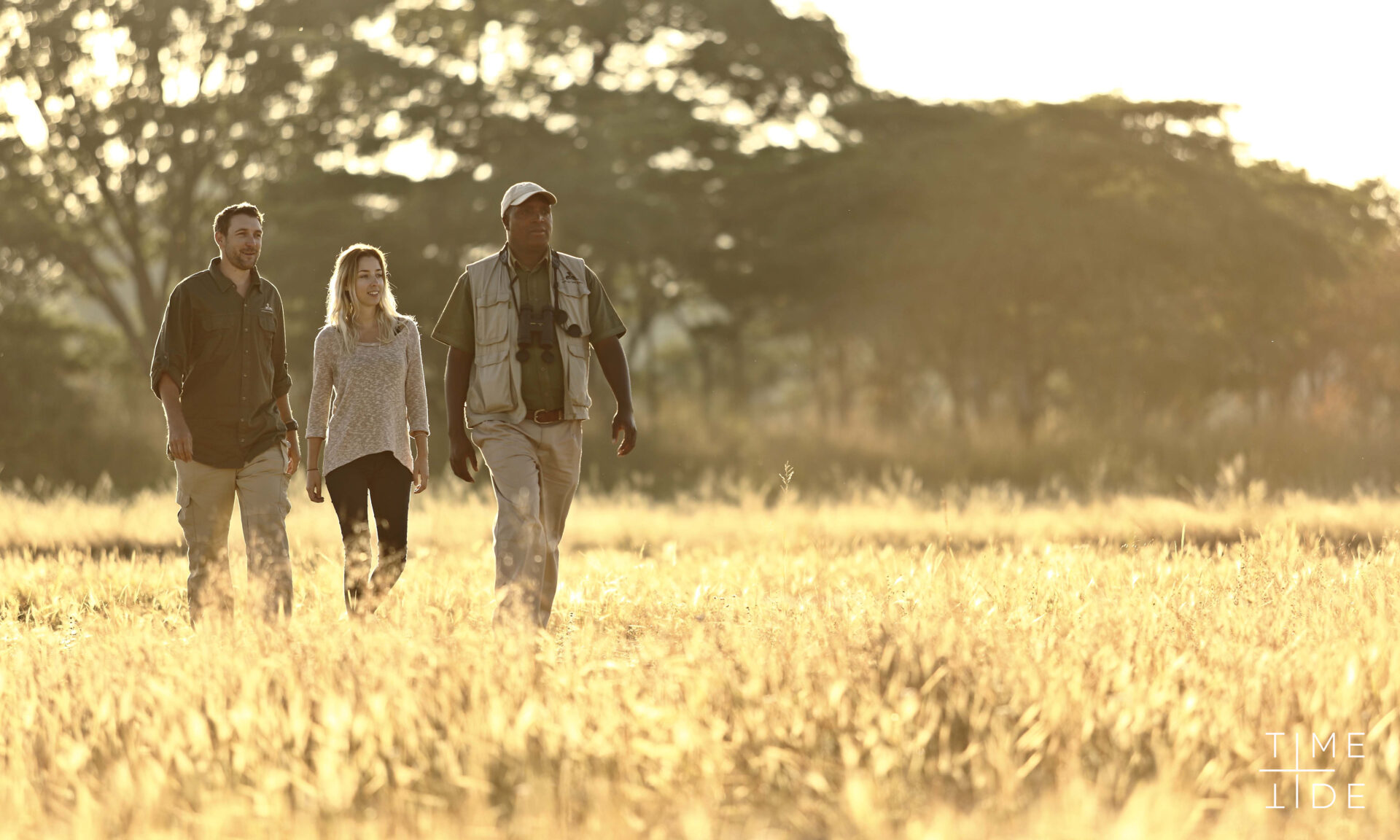
November is an unpredictable month during the transition from the dry to the rainy season. Nights tend to get quite chilly throughout the year, so it’s always a good idea to pack a warm jacket to wear around the fire after the heat of the day.
While it is difficult to reach remote areas during the rainy season, this is also the best time for bird-watching, so passionate feather-friend enthusiasts are likely to brave remote locations for the ultimate sightings.
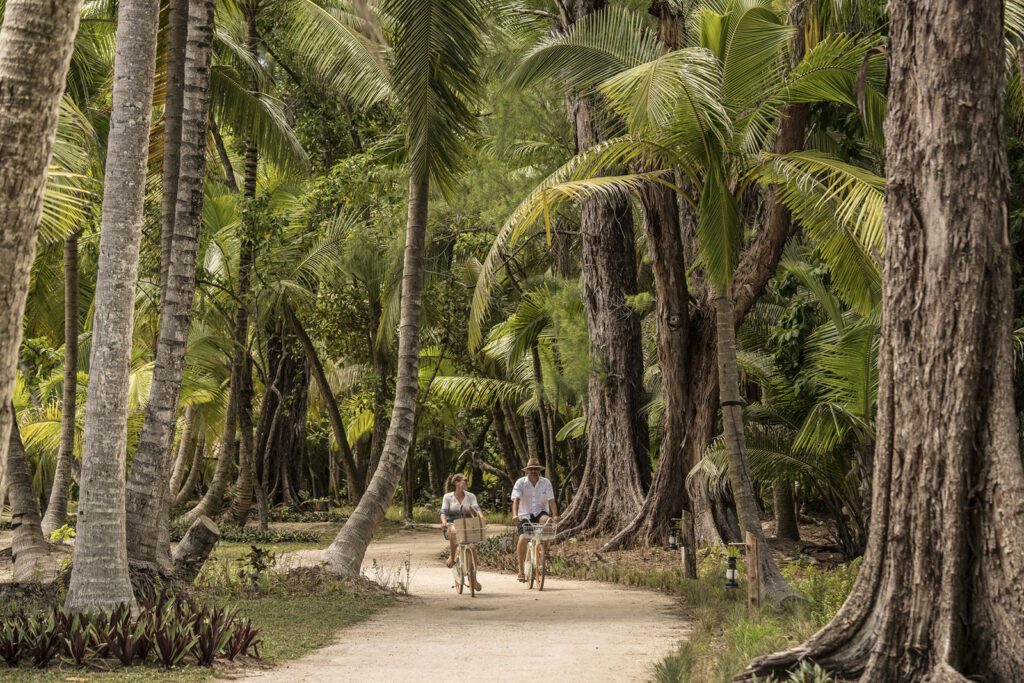
The best time to visit: April–May or October–November. ( April is golden as the winds die down.)
Hottest months: December, January and February
The best time to visit the Seychelles is between April and May, or October and November, as these are the calmer periods between the two trade winds that hit the island each year. The northwest trade wind blows from November to March and the southeast wind from May to September. As you can tell, trade winds really decide the weather!
The transition months between the cool and rainy seasons (October and November, and particularly April and May) are the best times to visit the Seychelles. The temperatures are mild rainfall is limited, and the winds are gentle.
The best time to visit: April to October for spotting wildlife and December- April for the southern Cape region
Best weather: April, May, and September and October.
The climate varies significantly between regions, so the best time to travel in South Africa depends on what you wish to do. December to April is the best time to visit the Cape with its warm summer weather, while rainfall is experienced in other parts of the country. The winter months from April to October are the best time to visit for wildlife viewing.
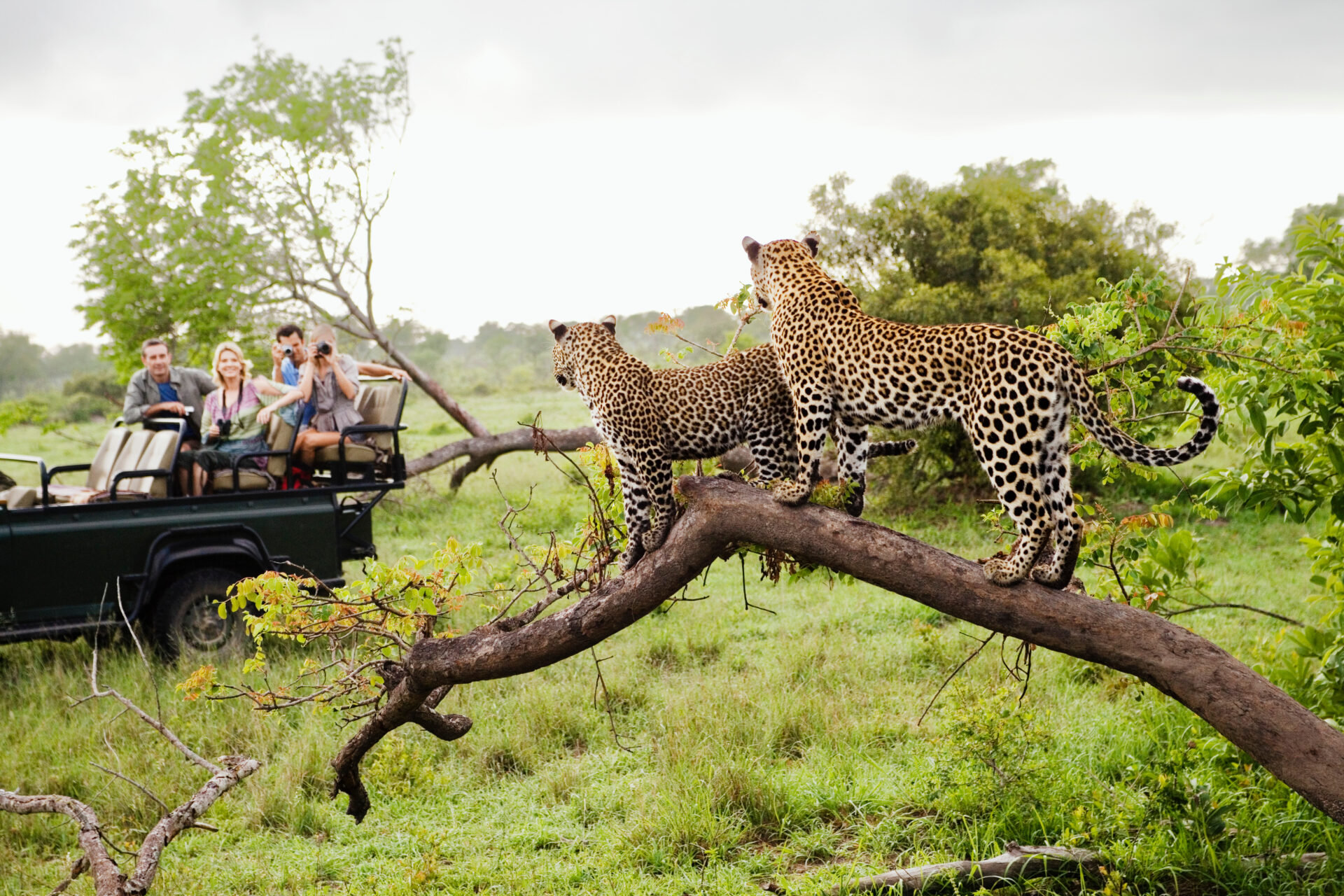
The climate varies significantly between regions, so the best time to travel in South Africa depends on what you wish to do.
As the country is in the southern hemisphere, the seasons in South Africa are opposite those in America. During the school holidays, between mid-December and mid-January, as well as at Easter, many local tourists flock to popular destinations. For some of the best land-based whale watching, June to September is ideal in the Cape region.
South Africa is a year-round destination, offering something enticing for every season and a wide range of activities. Often referred to as “the world in one country,” a two-hour flight can see you leaving the urban jungle and on safari in the bush, sipping some of the award-winning wines overlooking the Indian Ocean, or exploring the garden route and mountains that dot the coastlines.
The best time to visit: May to November
Hottest (and wettest) month: February
In Mozambique, too, the dry and wet seasons are distinctly different from one another. The dry weather lasts from May to November and is generally the best time to travel to Mozambique. As you travel inland or to the south, the weather can be quite hot and humid during the rainy season.
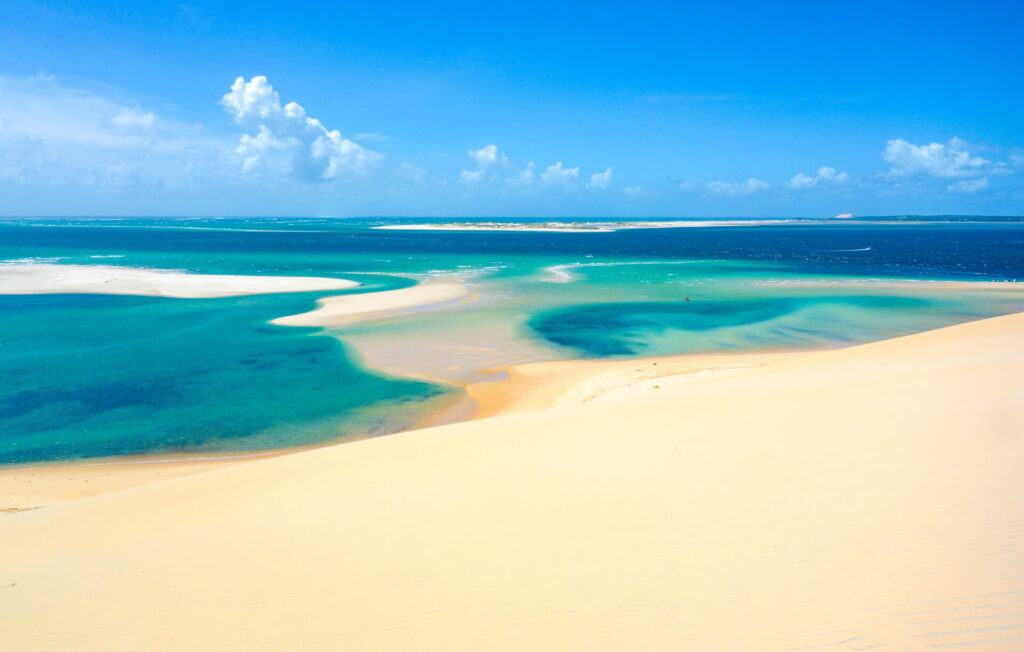
Mozambique has a warm tropical climate, which makes it a wonderful holiday destination. The dry season is considered to be the best time to visit Mozambique and is the peak tourist season. May to November see cloudless skies and perfect snorkeling weather. Easter, the festive season, and school holidays from June to August mean many resorts book out long ahead of time, so keep this in mind when planning.
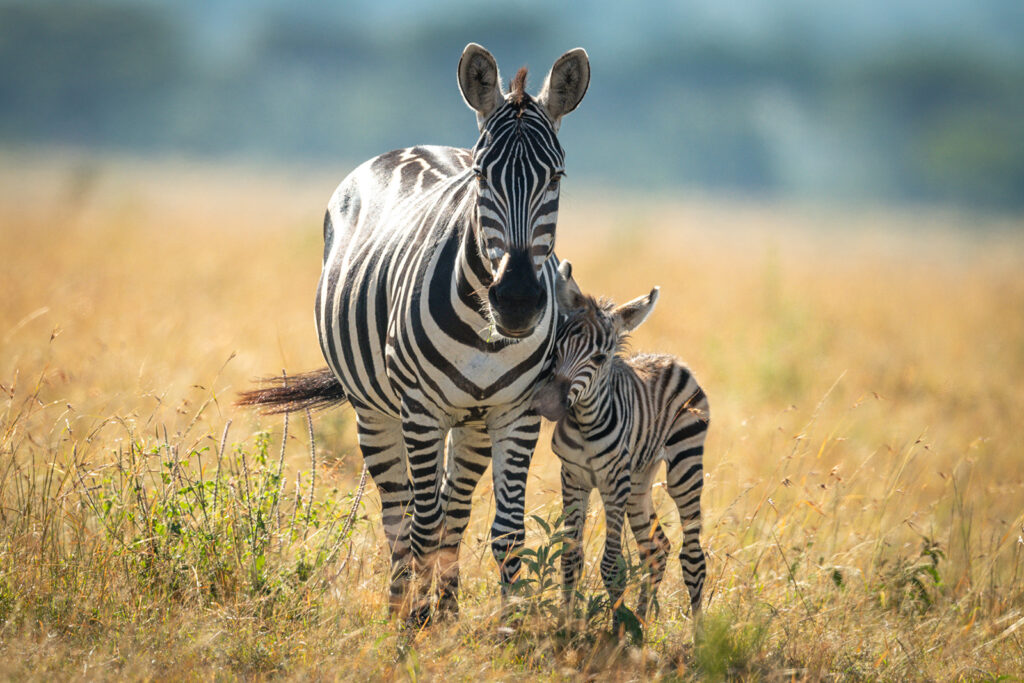
The best time to visit: May–October
Hottest month: October
Botswana offers the best game-viewing experiences during the dry months that end in October. While October is also the hottest month, this time delivers peak game viewing as it’s the last bit of the dry season, so animals gather around permanent water sources, making for unparalleled game viewing. The best weather can be enjoyed in April and May when temperatures are moderate and there is little to no rainfall and few clouds. Some lodges and camps close during the wet season, from December to April, which makes parks quieter and more exclusive. December is the calving season with spindly-legged new-borns and an influx of birdlife, but bear in mind that temperatures are high and heavy rainfall can be expected during January and February.
The best time to visit: April-May
Hottest months: January–February
The sun shines in Namibia throughout the year! Travelers can enjoy visiting Namibia all year round due to the country’s temperate climate, but this comes with a caveat: its a country with large swathes of desert In the desert areas, temperatures soar in the day and fall quickly from sunset onwards. Namibia experiences a small fraction of the rainfall that other nearby nations do; however, between December and March, there will occasionally be wet, sultry afternoons. All of this being said, the wild, untouched beauty and epic stargazing and wildlife encounters ensure Namibia is always on our list- but more so in the cooler months!
The sun shines in Namibia throughout the year!
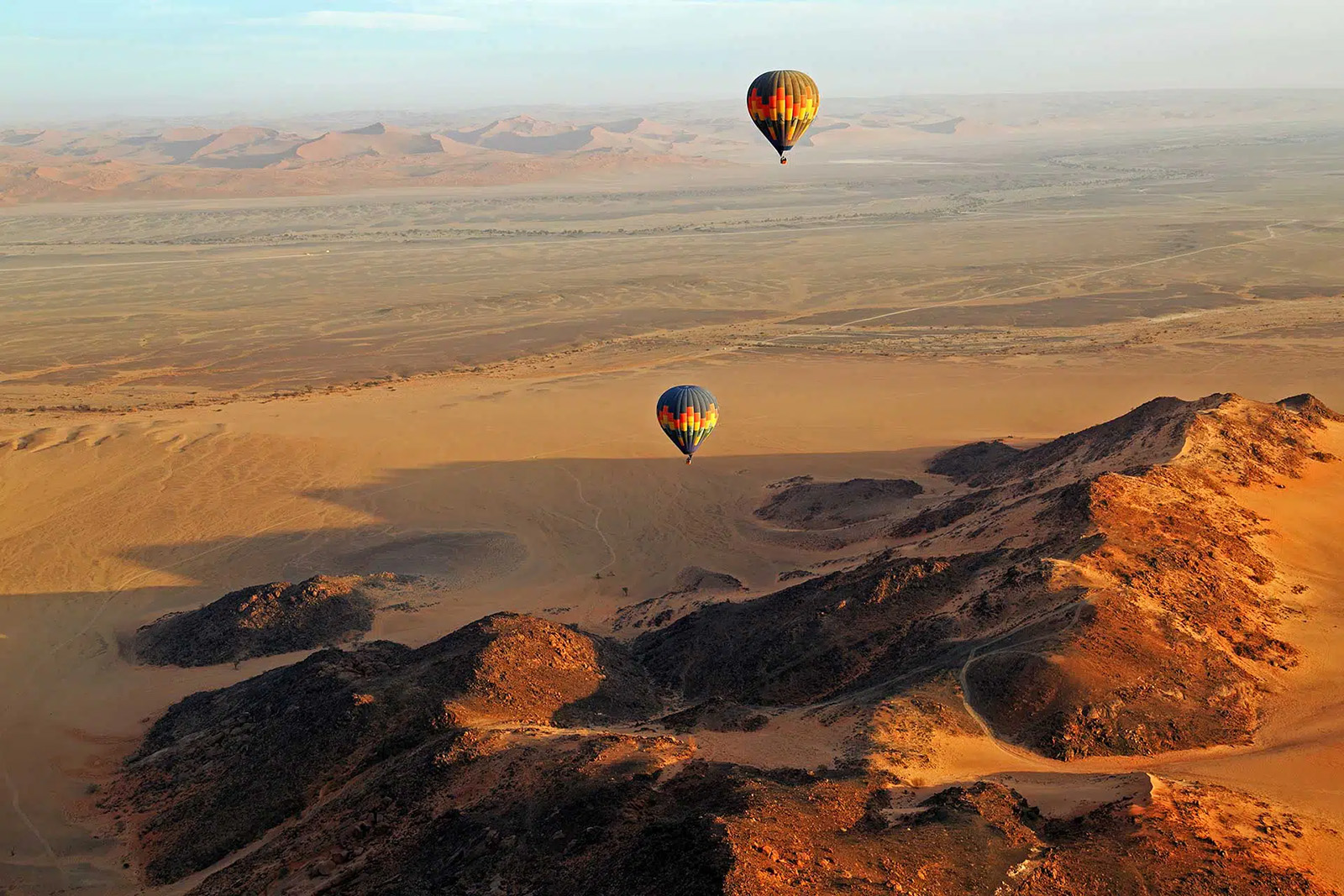
The ideal time to visit the world famous Etosha National Park is from June to October, when it’s dry season, to make for excellent game viewing opportunities. The country boasts some of the most exclusive and remote lodges, unparalleled experiences, and many Dark Sky Reserves.
The best time to visit: July–October
Hottest month: November
The best time to visit this diverse destination depends on what clients want to see. If that’s big game viewing, plan a trip during the dry winter months from May to October. The weather is cooler and there is very little chance of rainfall, so vegetation will be more scarce and game and birdlife will be easier to spot.
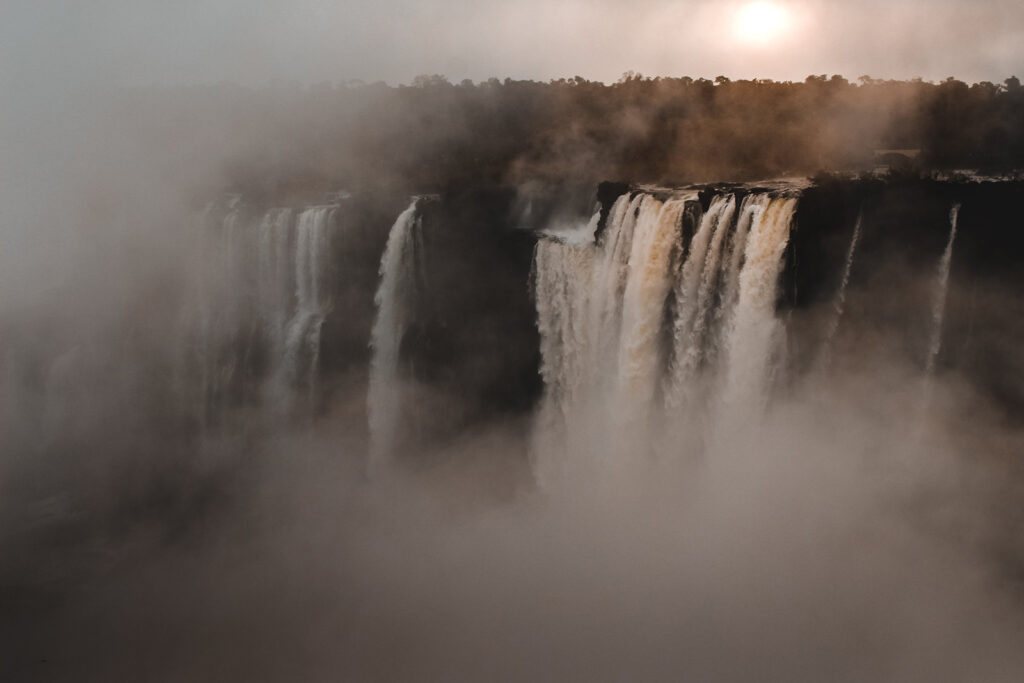
The best time to visit: February to April to experience the falls in full flow.
The summer months from October to April are generally hotter and the short afternoon thunderstorms often make way for magnificent sunsets
The winter months from May to September have long sunny days that give way to chilly nights.
Low water is between August and January, the time of year when many people will take a dip in the famous ‘Devil’s Pool’. Bear in mind that when visiting in high season from February to April, guests are likely to get drenched when visiting the falls from the epic spray. For the ultimate view, we recommend enjoying a helicopter ride!